Full Automatic Constant Pressure Variable Frequency Water Supply Equipment is a new generation of hi...
See DetailsBalancing Power and Efficiency: How High Efficiency Low Speed Centrifugal Pumps Are Reshaping Industrial Fluid Handling
Industry News-In the evolving world of industrial and municipal pumping systems, the focus is increasingly shifting from raw power output to long-term performance efficiency and system sustainability. As global industries seek to cut energy costs and reduce equipment wear, the High Efficiency Low Speed Centrifugal Pump has emerged as a transformative technology. Engineered to deliver powerful hydraulic performance at lower rotational speeds, this pump design is rapidly becoming a solution for applications where longevity, reliability, and energy savings are paramount.
What Is a High Efficiency Low Speed Centrifugal Pump?
A High Efficiency Low Speed Centrifugal Pump is a specially engineered fluid transfer device that operates at lower RPMs (typically below 1500 RPM) while still achieving high flow rates and pressure conditions. Unlike standard centrifugal pumps that often run at higher speeds (up to 3600 RPM), low-speed models are designed with larger impellers and robust motor-pump configurations that allow efficient fluid movement with reduced mechanical strain.
The lower operational speed internal friction, vibration, and heat buildup, contributing to extended equipment life and better energy usage over time. This makes the pump ideal for continuous-duty applications such as water treatment plants, power generation, HVAC circulation, and chemical processing systems.
Engineering Advantages: The Science Behind the Efficiency
The effectiveness of a high efficiency low speed centrifugal pump lies in its engineering design. Several core components and operating principles contribute to its performance benefits:
Oversized Impellers: Larger impeller diameters compensate for reduced motor speeds, maintaining high flow capacity and pressure without needing rapid rotation.
Heavy-Duty Bearings and Shafts: With reduced rotational stress, bearings and shafts are subjected to lower dynamic loads, decreasing the likelihood of premature failure.
Optimized Volute and Hydraulic Passageways: The internal flow paths are engineered to reduce turbulence and hydraulic losses, enhancing the overall efficiency of the pump.
Efficiency Motors: These pumps are typically paired with IE3 or IE4 rated motors, further driving down energy consumption and ensuring compliance with energy regulations.
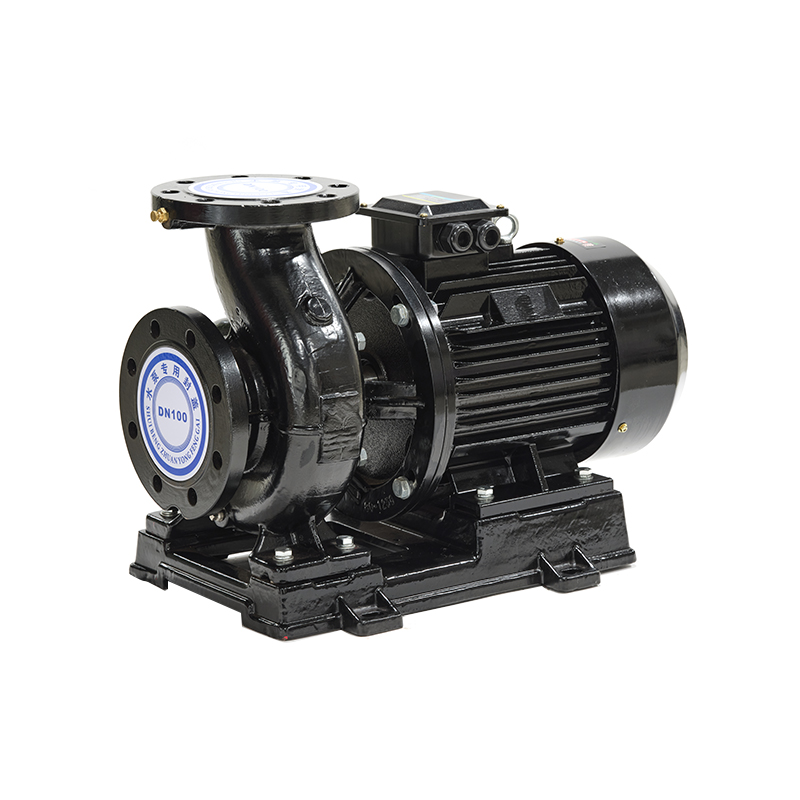
Low Noise and Vibration: The slower operation speed naturally results in quieter performance, making the pump suitable for urban or noise-sensitive environments.
Key Benefits of Low Speed Operation
Industrial operators and engineers are turning to high efficiency low speed centrifugal pumps for a number of compelling reasons:
Extended Service Life: Lower rotational speeds reduce wear and tear on moving parts, to significantly longer maintenance intervals and reduced replacement costs.
Energy Efficiency: Despite lower speeds, these pumps deliver high hydraulic performance with less energy input, helping facilities meet sustainability goals and reduce operational expenditures.
Lower Operating Temperature: Reduced internal friction leads to lower heat generation, protecting seals, bearings, and motor windings from thermal degradation.
Improved System Reliability: With less vibration and fewer mechanical shocks, these pumps support stable system performance even under continuous-duty conditions.
Downtime: The long-lasting nature of components translates to fewer breakdowns, boosting productivity in critical systems such as municipal water networks or industrial cooling loops.
Diverse Applications Across Sectors
The versatility and performance benefits of high efficiency low speed centrifugal pumps make them suitable for a wide range of demanding environments:
Municipal Water Treatment: These pumps help maintain steady flow rates in filtration and distribution processes while energy consumption over long duty cycles.
Power Generation Facilities: In cooling water and auxiliary systems, pump reliability is crucial. Low-speed pumps reduce maintenance downtime and ensure system resilience.
Chemical and Petrochemical Processing: The ability to handle corrosive and high-temperature fluids while maintaining pump integrity is a major advantage in harsh environments.
HVAC Systems in High-Rise Buildings: With their quiet and smooth operation, low-speed pumps are ideal for circulating chilled or hot water through large commercial buildings.
Mining and Slurry Applications: When fitted with abrasion-resistant materials, these pumps can move thick slurries or debris-laden water with less wear and better system uptime.


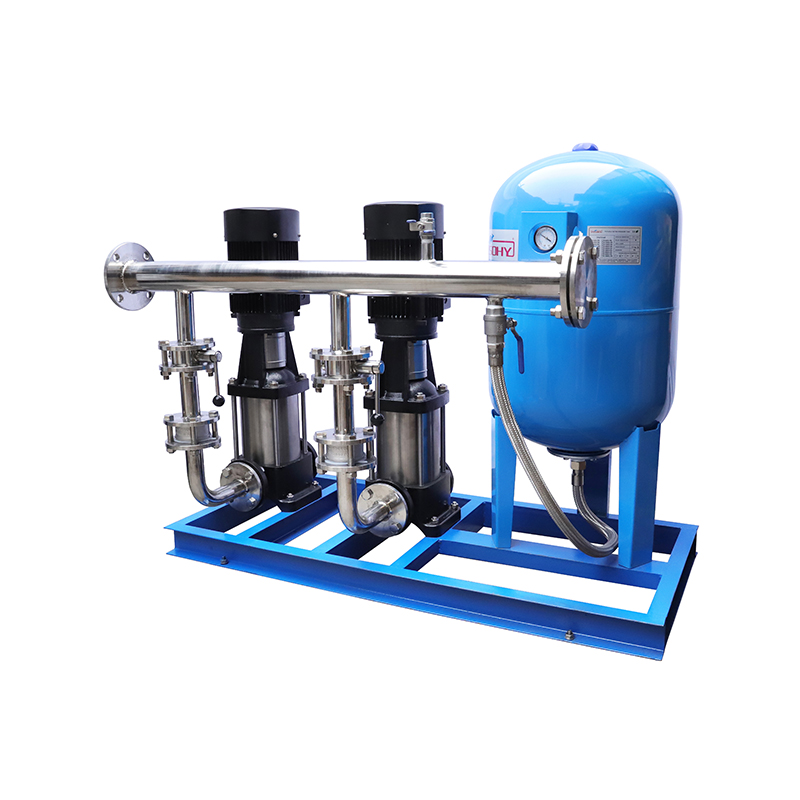
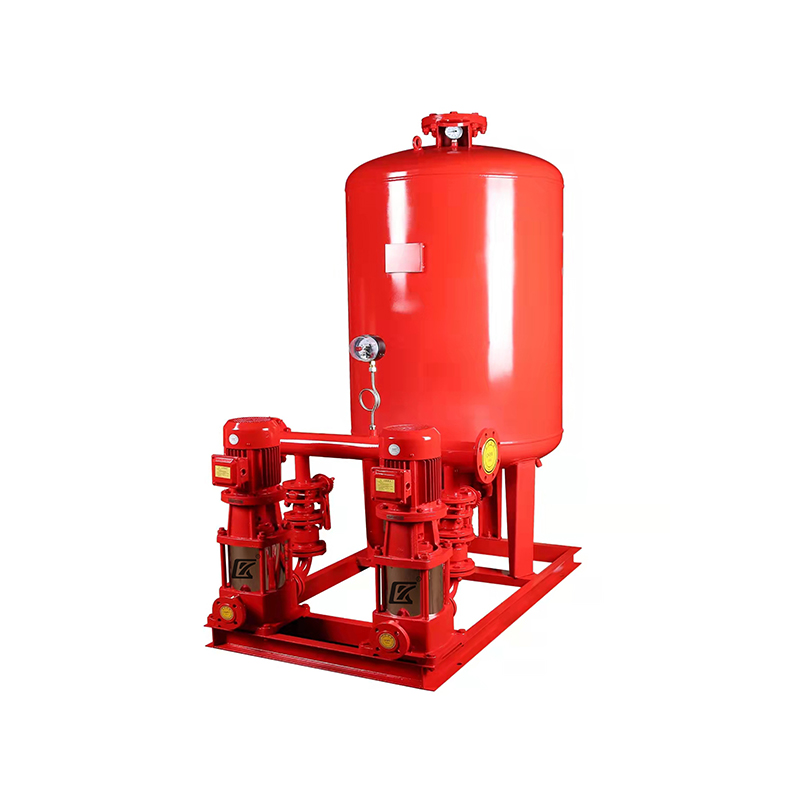
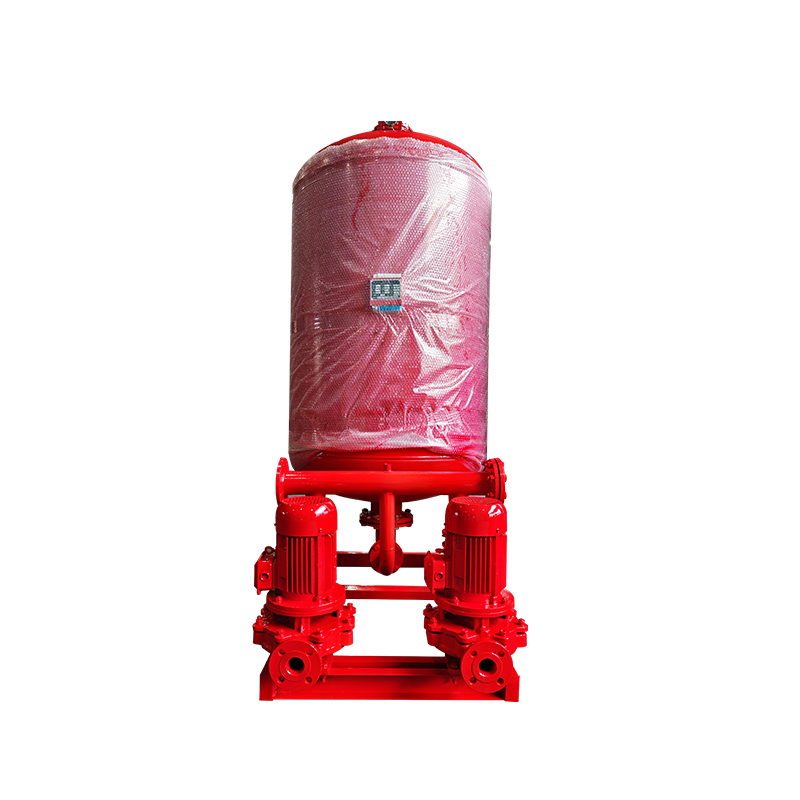

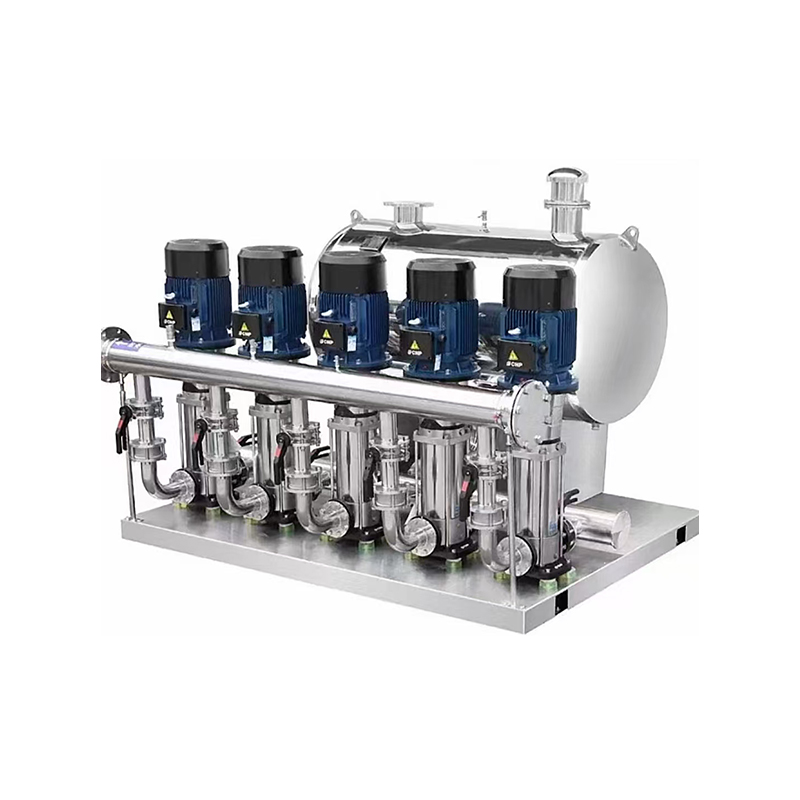
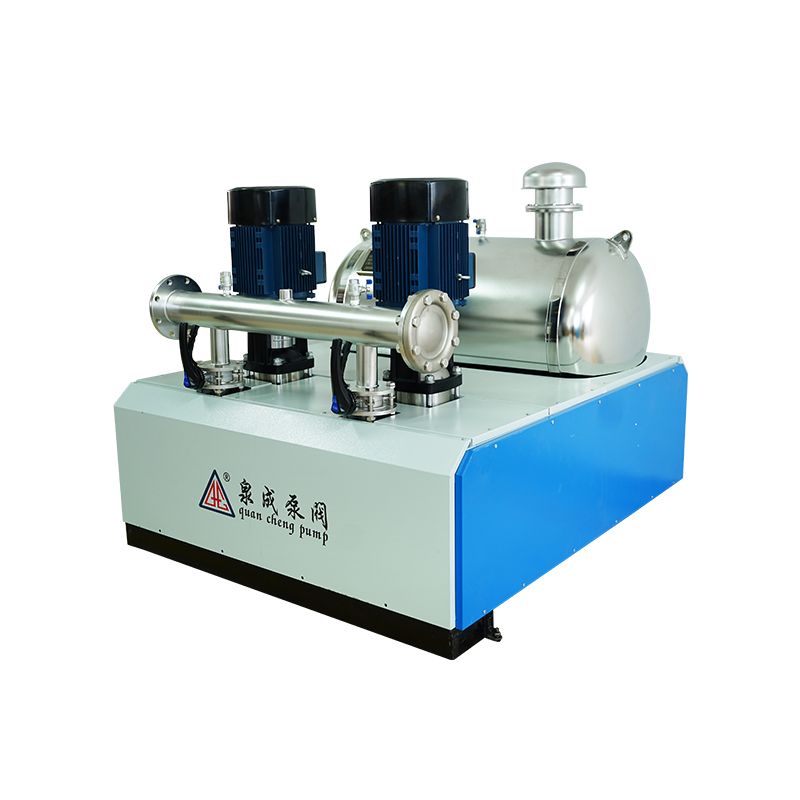
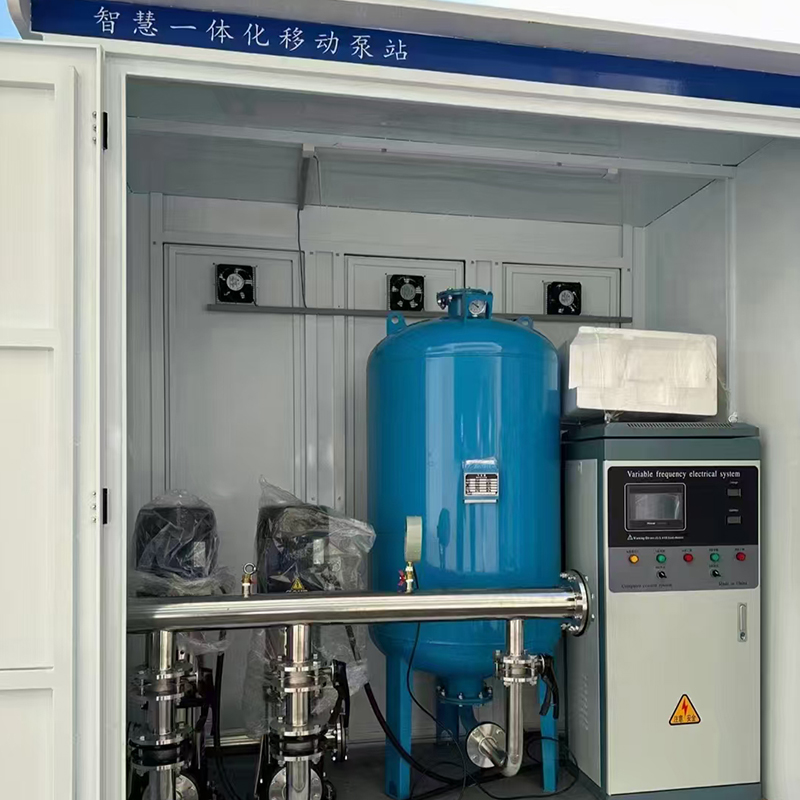

 浙公网安备33032402001888号
浙公网安备33032402001888号
